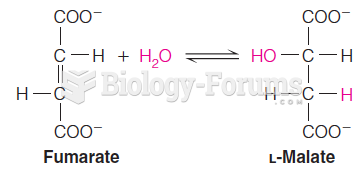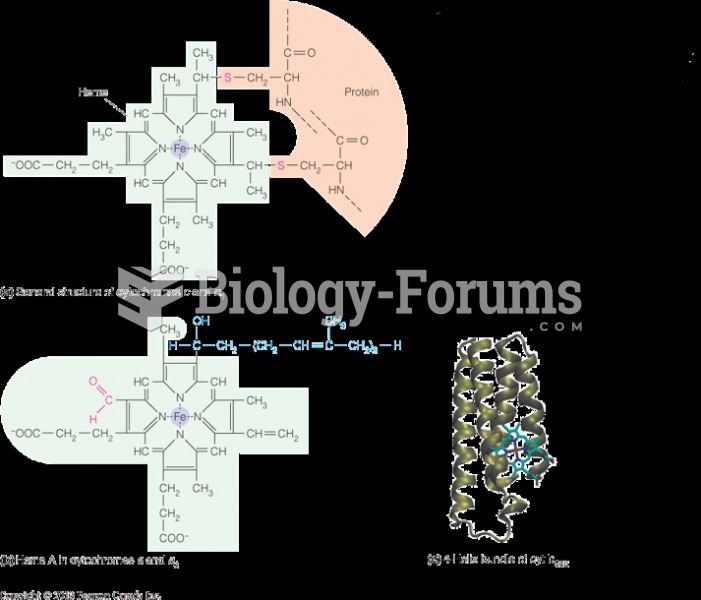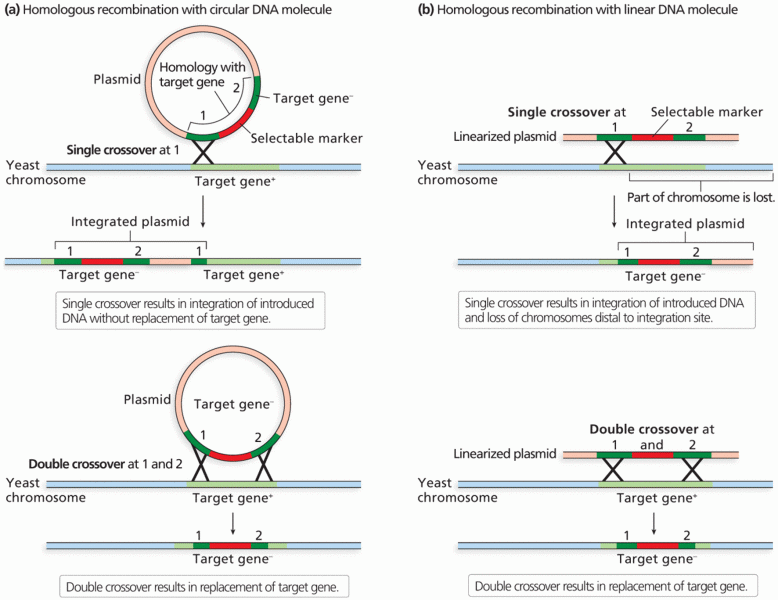Answer to Question 1
Answer: A double dissociation exists when one variable affects one level of processing but not another and another variable shows the opposite pattern. A double dissociation is significant because it provides evidence for two different mechanisms. Rubenstein et al. (2001) conducted a task-switching experiment using addition and subtraction. However, they included the operator (+ or -) to eliminate the need to remember which operation to perform on a given trial. This minimized switching costs by improving performance in the alternating blocks. The presence of the operator did not impact performance in the pure blocks. Therefore, the operator influenced executive processing but not task processing. Rubenstein et al. (2001) also presented a task- switching task while making the numbers difficult to discriminate. Although poor discriminabilty of the numbers increased response time (task processing), it did not impact switching costs (executive processing). This double dissociation is important for the information processing model of task switching because it supports the idea that two mechanisms, executive processing and task processing, are involved in task-switching tasks.
Answer to Question 2
Answer: The three-layer neural-network model of cognitive processing for the Stroop task suggests that word nodes have stronger connections to the response nodes than the color nodes. As a result, many errors should be made when the words are incompatible. However, participants do not make that many errors on incompatible trials. Therefore, it is important to include an attentional controller in the model to add activation to the nodes that are relevant to the goals of the task at hand. The conflict monitor monitors for conflict between nodes. When conflict increases, the conflict monitor engages executive attention.







